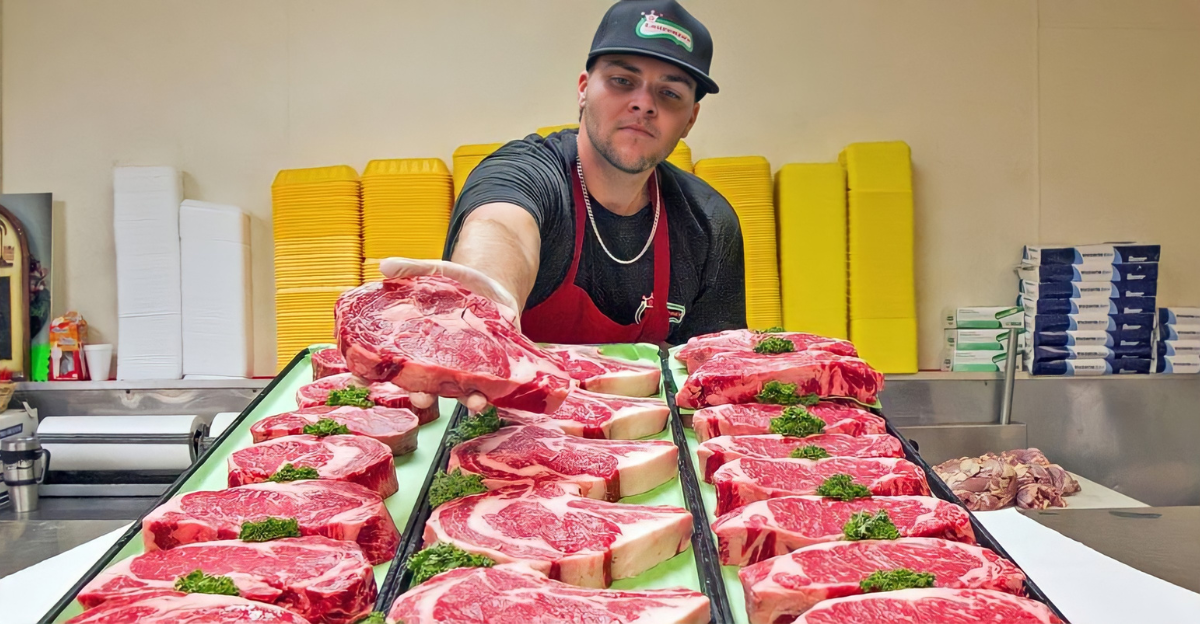
With the summer grilling season approaching fast, American consumers face record-high beef prices that might affect their grilling habits this season. As cattle farmers face rising expenses and reduced herd sizes, supply tightens while demand remains strong, pushing retail prices upward at a shocking rate. The ongoing drought and pasture degradation limit herd expansion and emphasize the need for sustainable livestock practices and conservation efforts.
Challenges of the Lowest Cattle Inventories in Generations
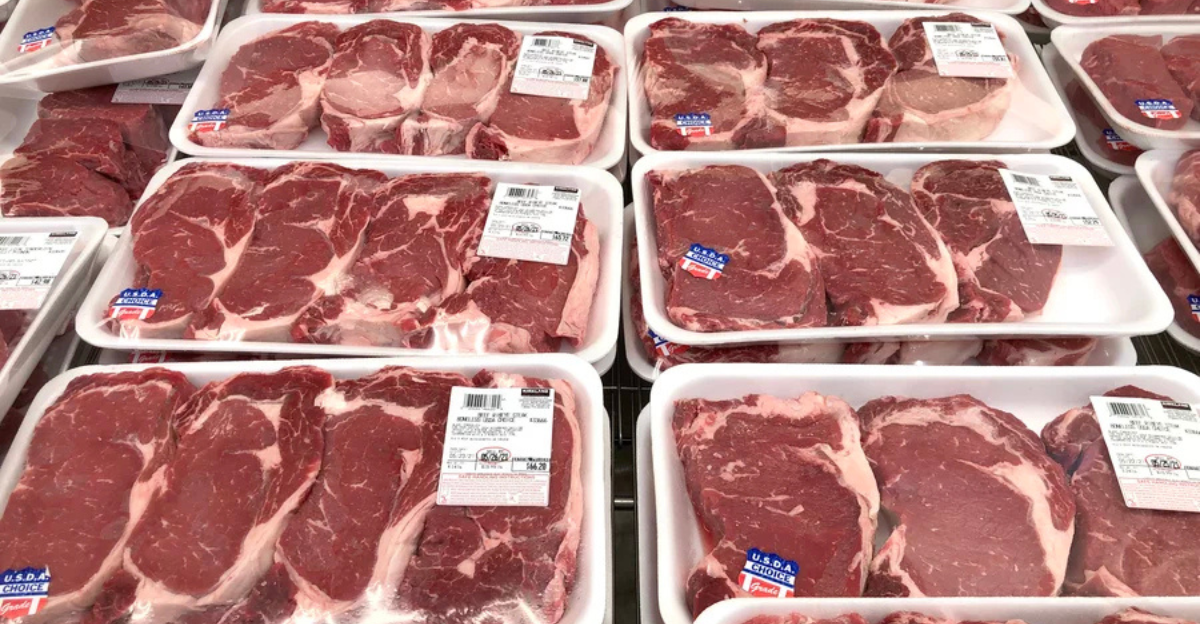
The biggest factor in these price increases is the shortage of cattle, which is at its lowest in 64 years. This ongoing decline has been driven by persistent drought, high feed costs, and challenging market conditions, leading to fewer beef cows and replacement heifers nationwide.
Industry experts warn that recovery will be slow, as strong heifer prices and continued environmental stressors provide little incentive for producers to rebuild herds.
Consumer Demand Remains Strong Despite Price Hikes
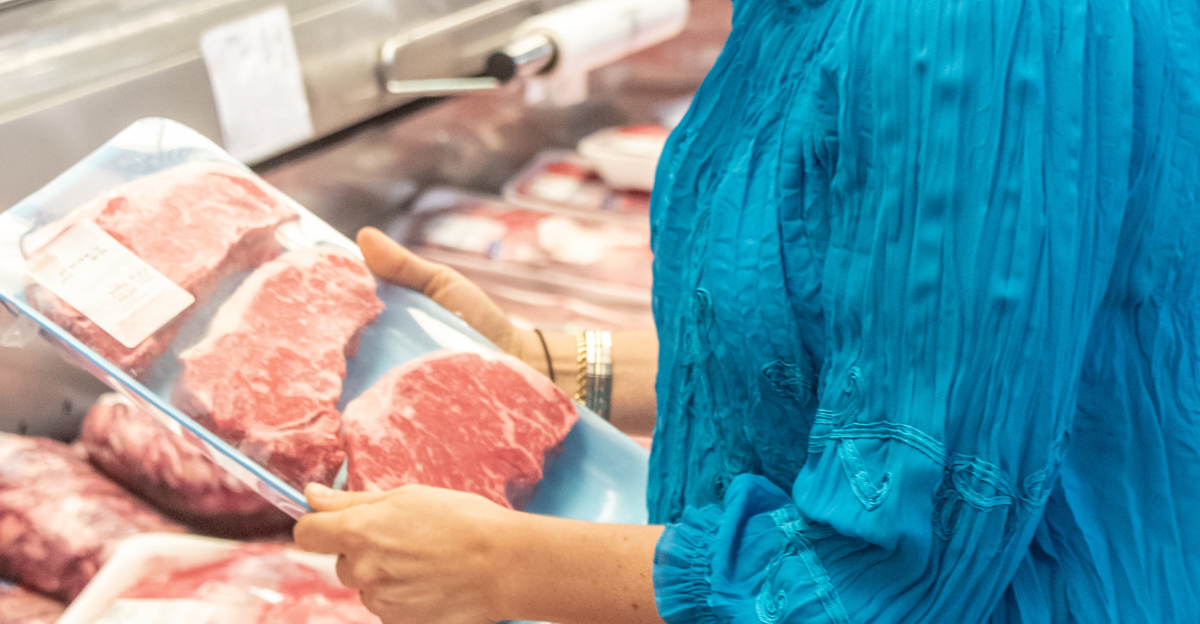
Although these price hikes may deter most Americans, consumer demand remains high. Analysts point to the enduring popularity of beef, especially during the summer grilling season. Consumers continue to prioritize beef in their diets, showing that the need for beef will always remain strong, despite the price hikes.
“Fundamentally, things will still get tighter. But it still comes to the consumer. Consumer confidence pulled back in January, which is a red flag. Headlines are filled with scary scenarios that a trade war over tariffs could bring, which further reduces consumer confidence. That doesn’t bode well for the consumer paying up for the higher cuts of meat at these price levels.”
Impact of Drought and Environmental Factors
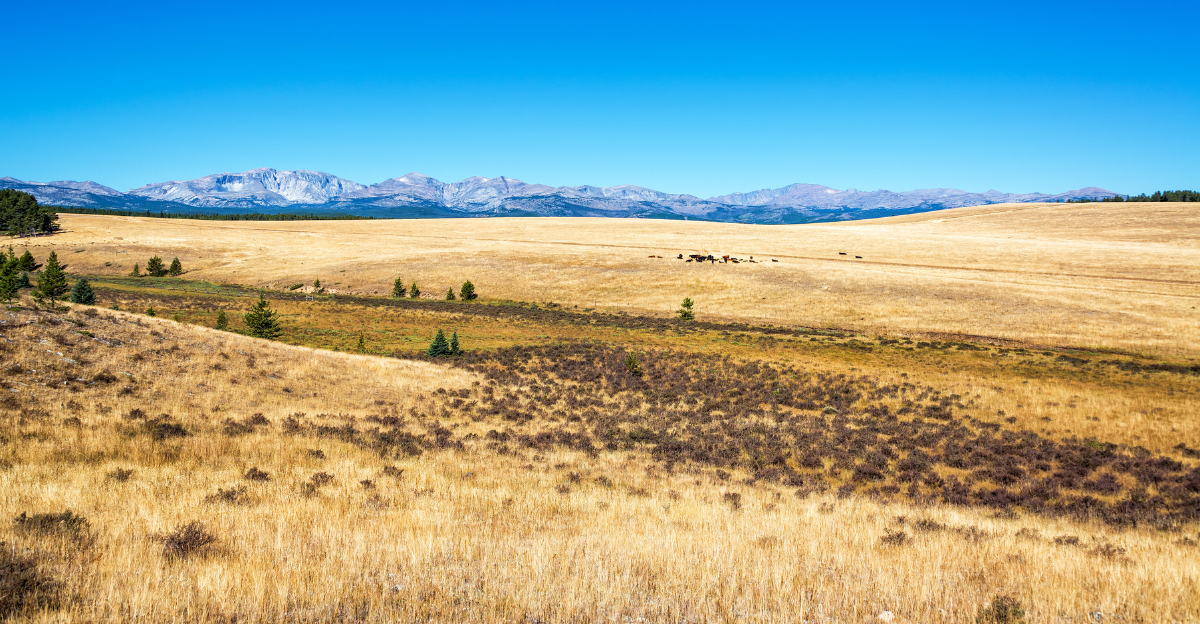
The environment has played a big role in the number of cattle to supply the consumer demand in the U.S. Prolonged drought conditions, especially across key cattle-producing regions like Nebraska, Texas, Oklahoma, and the Northern Plains, have severely reduced pasture and grazing availability, forcing ranchers to cull more animals and delay herd expansion plans.
As of late 2024, about 62% of U.S. cattle were located in drought-affected areas, the highest level since 2022. Dry pastures turned to brittle stubble, limiting forage options. This scarcity of feed and water resources has led producers to send heifers and young calves to feedlots earlier than usual.
Rising Costs of Cattle Farming
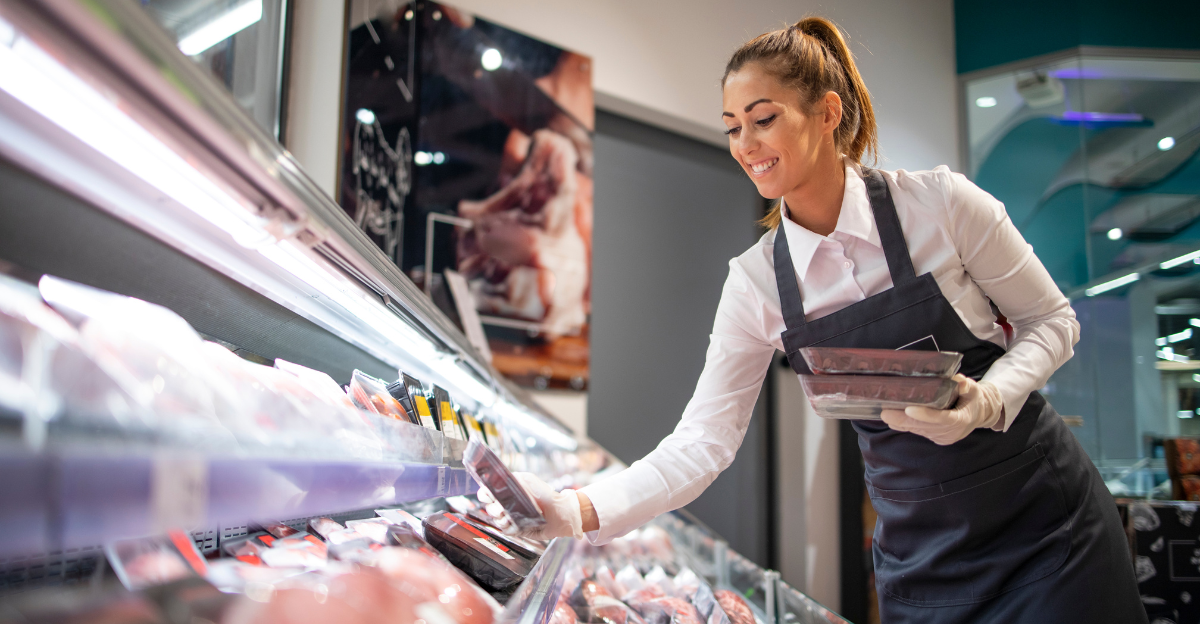
The average cost of production for cow-calf operations is estimated at around $1,045 to $1,064 per cow annually, considering expenses for feed, pasture, labor, and other inputs. While some slight decreases in production costs have been noted compared to previous years, these costs remain elevated due to ongoing challenges.
“The real question will be, are we seeing some exhaustion? Will these consumers start to change over to cheaper substitutes? There are a lot of unknowns surrounding that,” says Bernt Nelson, an economist with the American Farm Bureau Association.
Current Price Trends and Statistics

The U.S. is currently hitting an all-time low in herd sizes, with this being the smallest cattle herd since 1951. The average cost of ground beef has increased by 13% over the past year, while sirloin steak prices have also hit historic levels, with some cuts nearing $12 per pound. Despite drastically increasing prices, consumer demand is stronger than ever, making this even more of a challenge.
Beef production is expected to decline by about 2.1% in 2025, further tightening supply and supporting elevated prices throughout the summer grilling season. Imports are rising to supplement domestic shortfalls, but recent import suspensions due to concerns over livestock parasites add further uncertainty to supply chains. “To me, the entire cattle thing has to do with demand. Will consumers continue to pay for high-priced beef?” said Livestock trader Dan Norcini.
Comparison with Other Meat Proteins
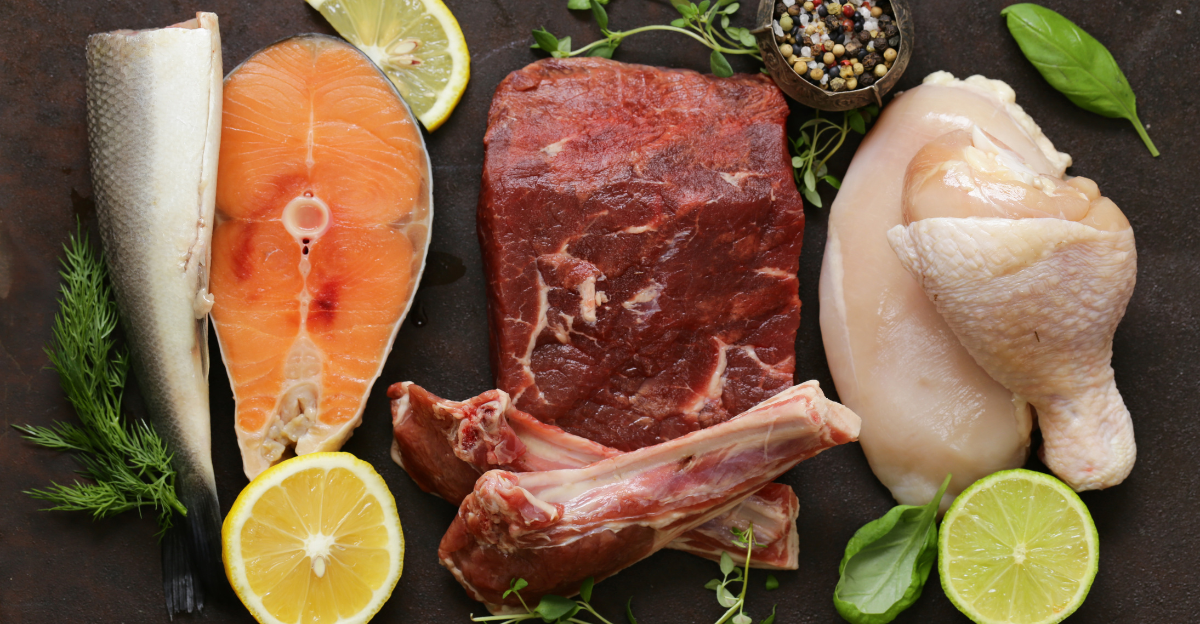
While beef prices have surged, pork and poultry prices have shown more moderate increases or even slight declines in some cases. Pork prices have dipped slightly in specific cuts despite increased production, and chicken prices, although up year-over-year, remain generally lower than beef, making poultry a relatively more affordable protein option for consumers.
Consumers facing high beef prices may turn to pork and chicken as budget-friendly alternatives during the summer grilling season, even though prices for these meats are also trending upward, but at a slower pace.
Wholesale and Retail Price Dynamics
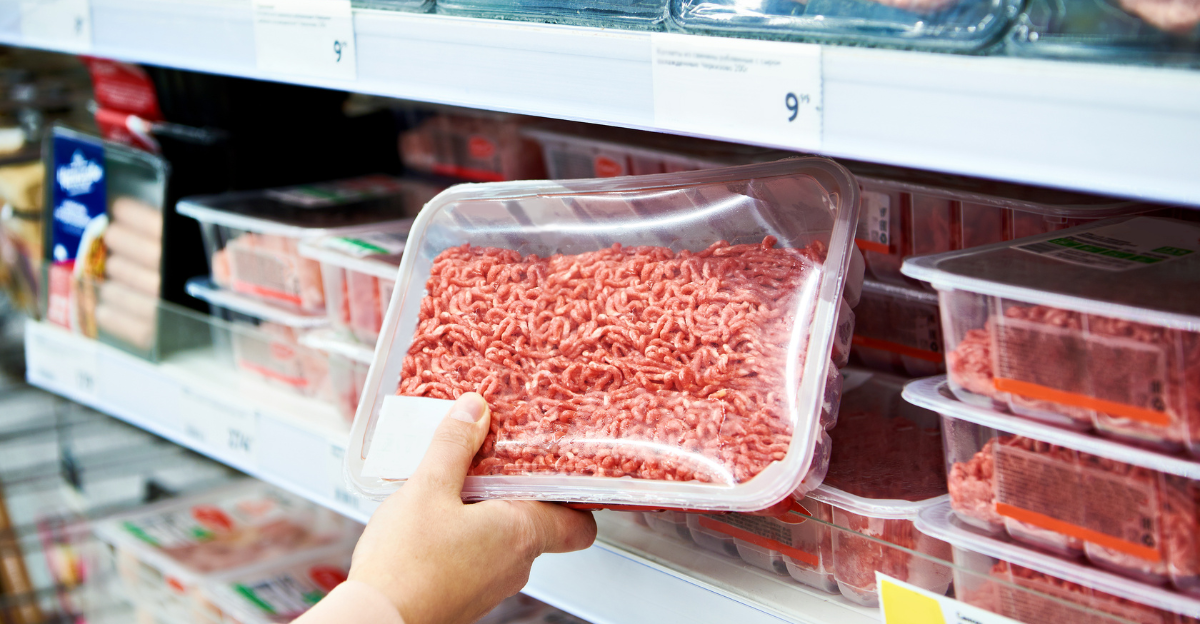
Choice beef cutout prices averaged nearly 12% higher year over year in early 2025. Prices for key primal cuts such as chuck and round have surged by 14.8% and 22.3%, respectively, reflecting strong demand for leaner cuts used in ground beef production. The price spread between wholesale and retail levels remains substantial, driven by rising production costs, supply constraints, and strong consumer demand. While wholesale prices fluctuate with market conditions and seasonal factors, retail prices remain elevated.
“Even with lower supplies and higher pricing, beef will be the second-highest consumed animal protein at almost 58 lbs. per person annually, according to USDA estimates,” said Courtney Schmidt, from Wells Fargo Agri-Food Institute.
Potential Impact on Consumer Behavior
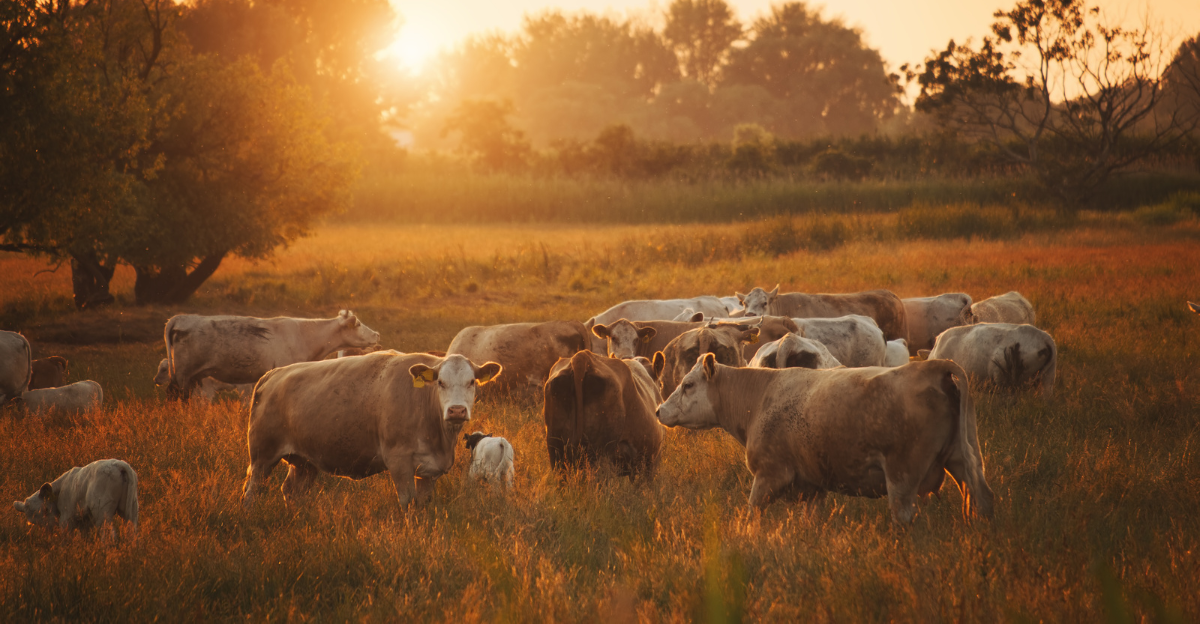
Even though the demand for beef is still high, shoppers are becoming more price-conscious. They are looking for ways to stretch their budgets by purchasing more ground beef and value cuts rather than premium steaks. Coupons have also become more popular as people try to stretch their money and stock up on products for the month. Most Americans still prefer beef as their top protein choice for its taste, nutrition, and social appeal.
Consumers are balancing these benefits against tighter household budgets by dining out less and shopping more strategically.
Strategies for Consumers Facing High Prices
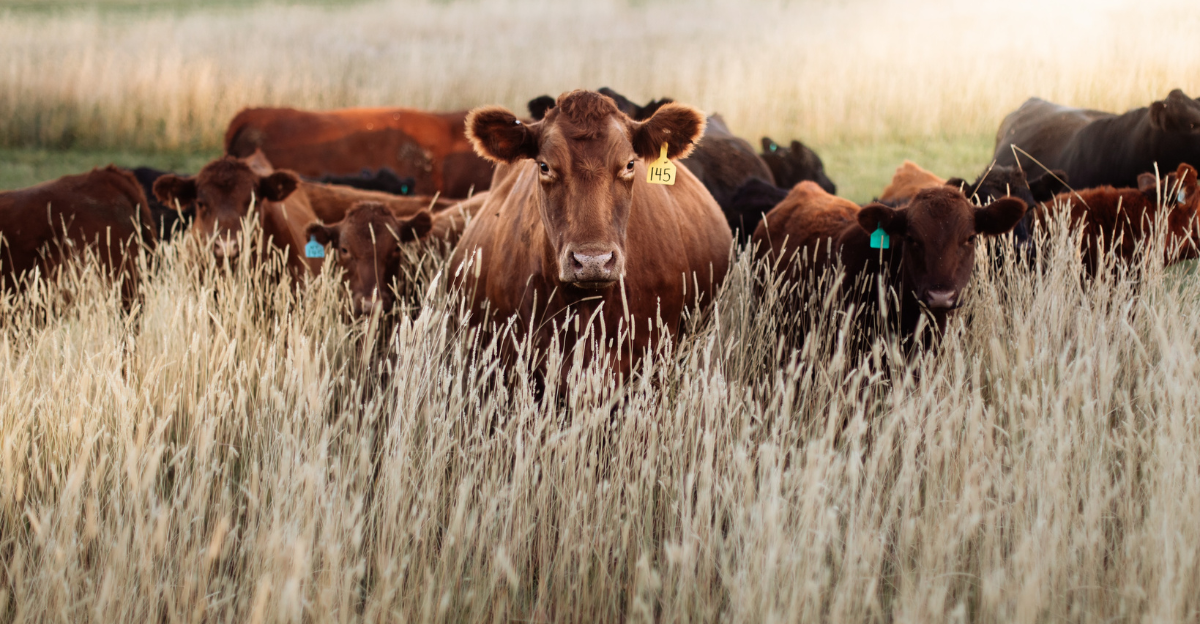
Even though market prices keep climbing, shoppers can expect occasional promotions and discounts as retailers compete for sales. Try saving a few bucks by shopping for store or private label brands. Shopping at mass merchandisers or discount retailers can also help stretch budgets. Planning your meals ahead of time and using leftovers to create new dishes can help stretch your buck the extra mile.
Getting creative in shopping and using can help fight these price hikes without giving up your beef during grilling season.
Explore more of our trending stories and hit Follow to keep them coming to your feed!

Don’t miss out on more stories like this! Hit the Follow button at the top of this article to stay updated with the latest news. Share your thoughts in the comments—we’d love to hear from you!







